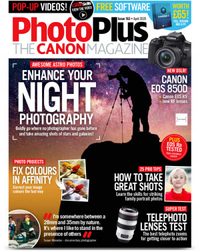Home photography ideas: Take trick shots using water drops!
Try your hand at some trick photography with this unique "goldfish bowl" water drop shot!
Watch video: Home photography ideas: Take trick shots using water drops!
Photography projects at home
• Home photography ideas
Useful home photography kit
• Best tripods
• Best lighting kits
• Best reflectors
• Best macro lenses
Fancy trying some trick shots to liven up your lockdown? Then here's a great one for you! Light moves much slower through water than it does through air, causing the light rays to bend as it moves through one medium to another. This is called refraction – and it offers plenty of creative photographic opportunities.
In this project we’re going to capture a falling water droplet, which refracts the light from the scene behind it – turning it upside-down (and flipping it left-to-right) and bending it in the process.
• 10 best online photography courses
We're using this quirk of physics to create the illusion of a goldfish trapped in a tiny droplet-sized fishbowl. So we’ve chosen an image of a goldfish for our backdrop, and with the magic of refraction we’ll be able to capture the fish in a tiny water drop.
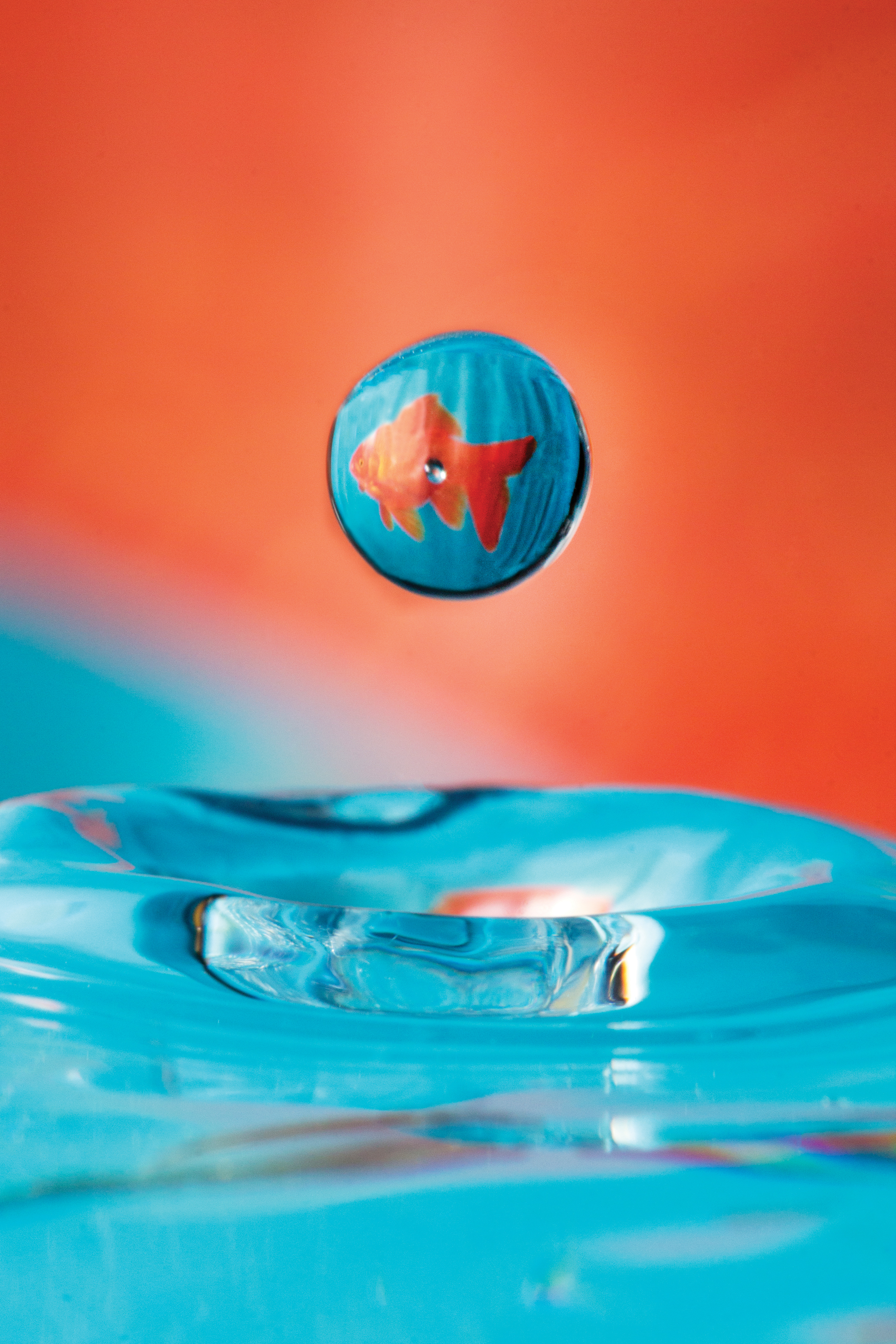
In order to shoot a sharp water droplet, we need to use flash to freeze the motion, as this enables you to capture much faster movement than your camera’s fastest shutter speed.
For this project, you will need a couple of tripods (one to support your camera and another to hold a water dropper in position), a macro lens (which is essential to get in close enough to fill the frame), a water dropper (we’ve used a baby’s milk bottle) and a shutter release cable if you have one…
01 Create a backdrop
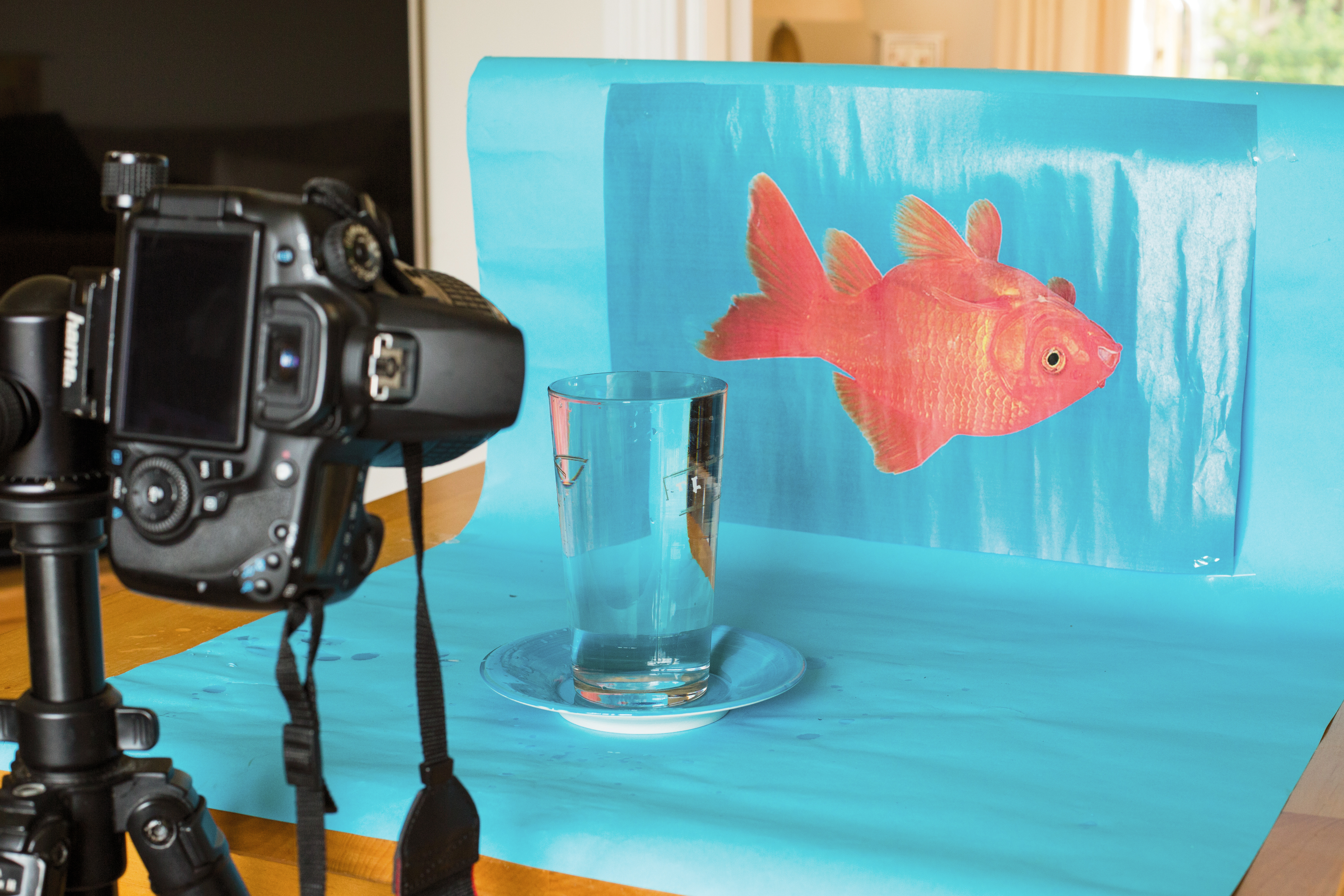
We’ve used an image of a goldfish, to create the illusion of a goldfish trapped in our droplet of water. Position it upside-down, set your camera up on a tripod and place a full glass of water between the two.
02 Add some light
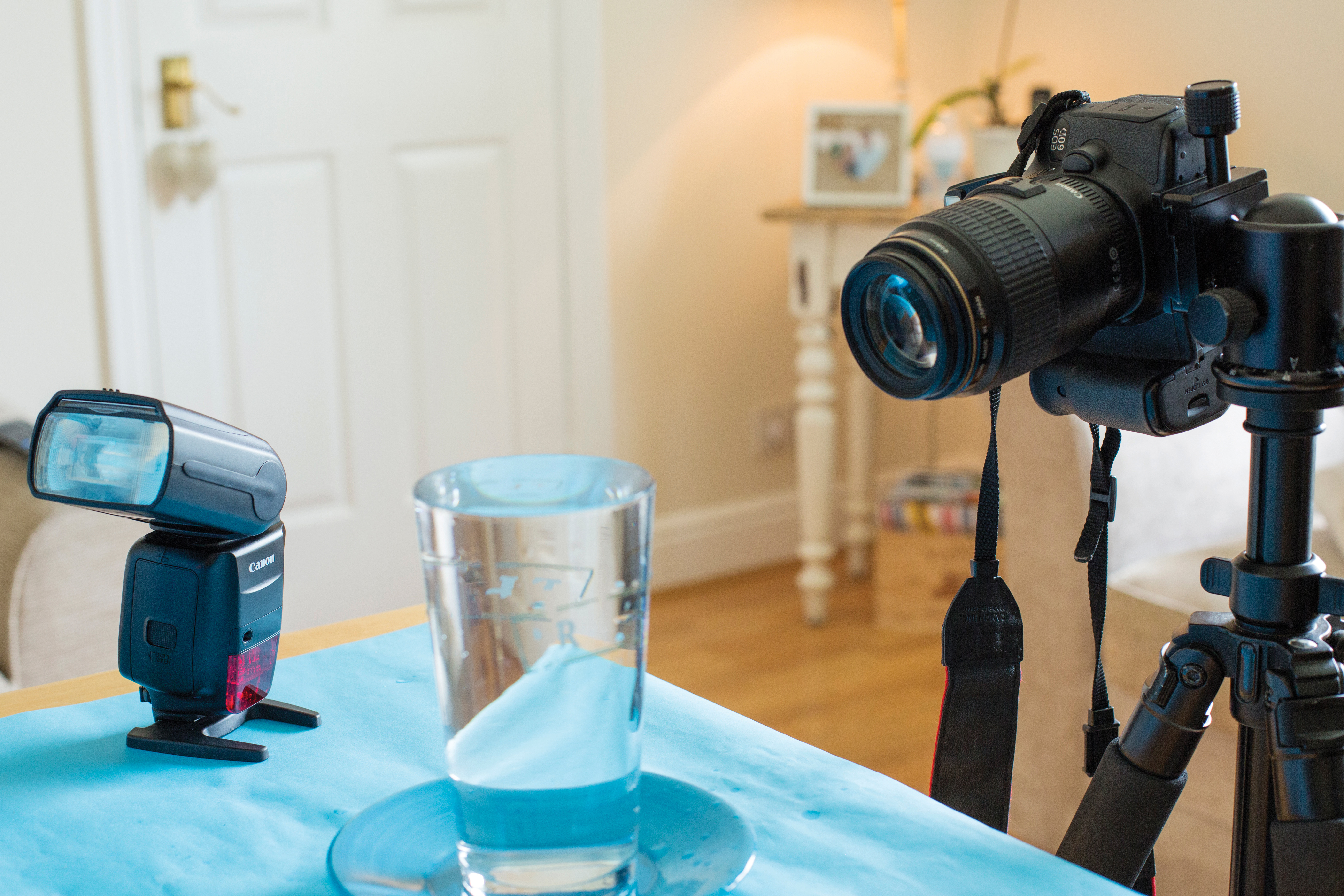
Angle an off-camera flashgun towards the backdrop to freeze the motion of the water droplet. We used our camera’s pop-up flash as a trigger, ensuring that there was a clear line of sight between the two.
03 Flash settings
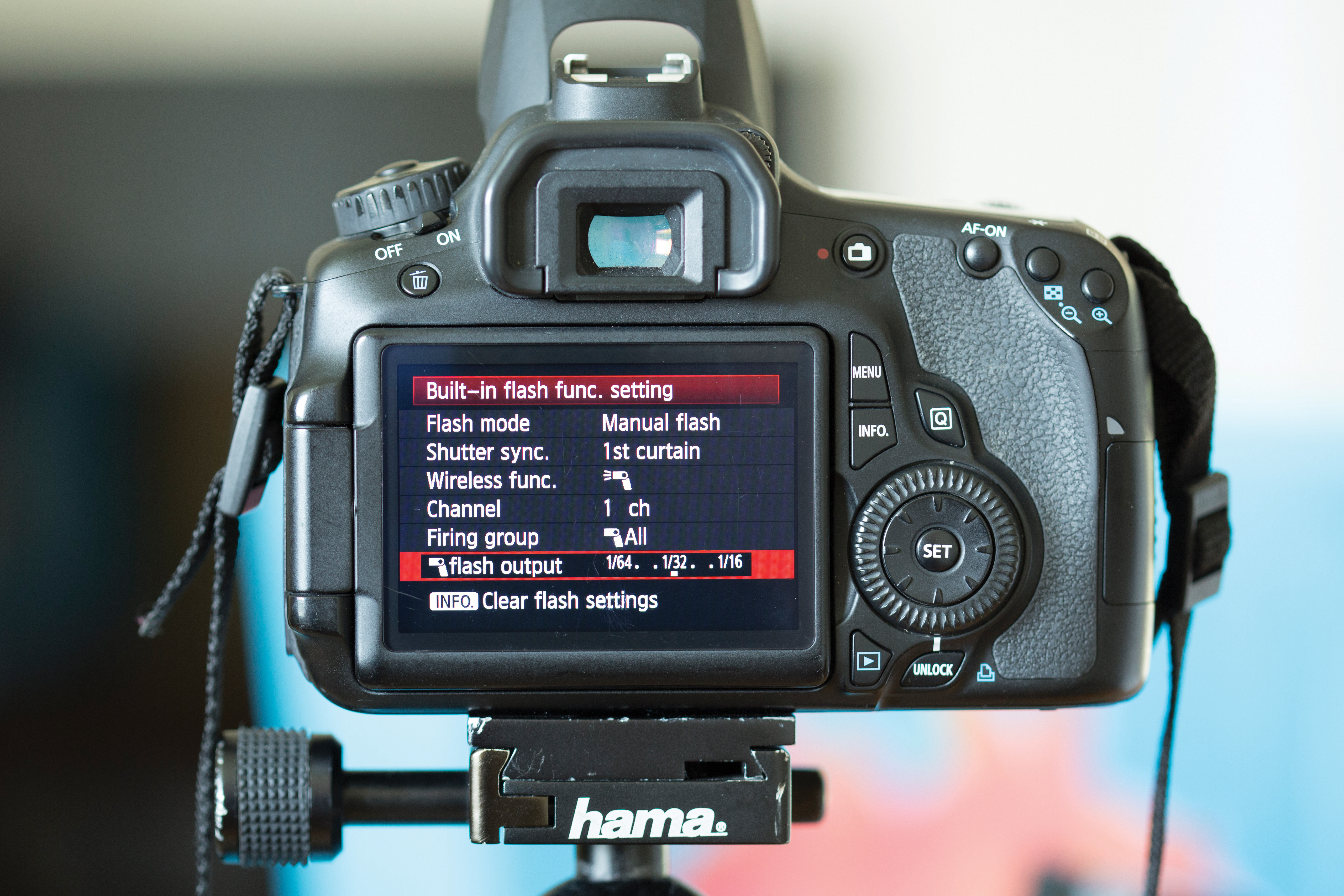
If you don't have a trigger, you can set your pop-up flash as a master. The steps will vary according to your camera, but, it will be broadly similar to our Canon body, where we go to Flash Control Settings>Enable Flash Firing>Built-in Flash Func>Wireless Func and press Set, then select the option to trigger the off-camera flash only.
04 Manual mode
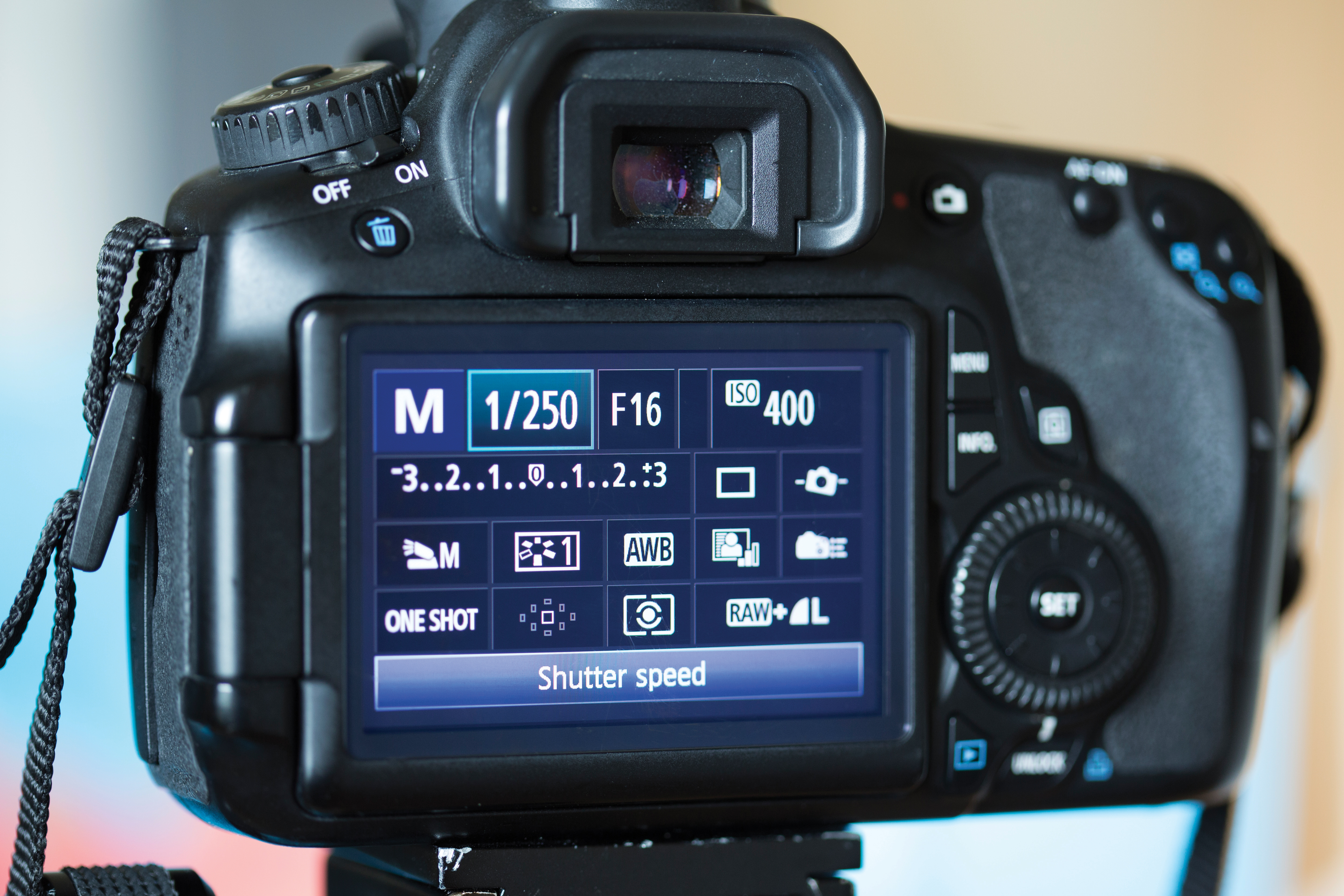
Set your flashgun to slave mode and start off with 1/32 power. Set the camera to Manual mode and the shutter speed to the flash sync speed (1/180-1/250 sec, depending on your camera model).
05 Precise focusing

Set a narrow aperture for a large depth of field. As we’re setting low flash power, increase the ISO to 400. Position an object on the glass of water, where the water drops will fall from the dropper, and pre-focus. When your stand-in subject is sharp, make sure to switch to manual focus to lock it in.
06 Start shooting
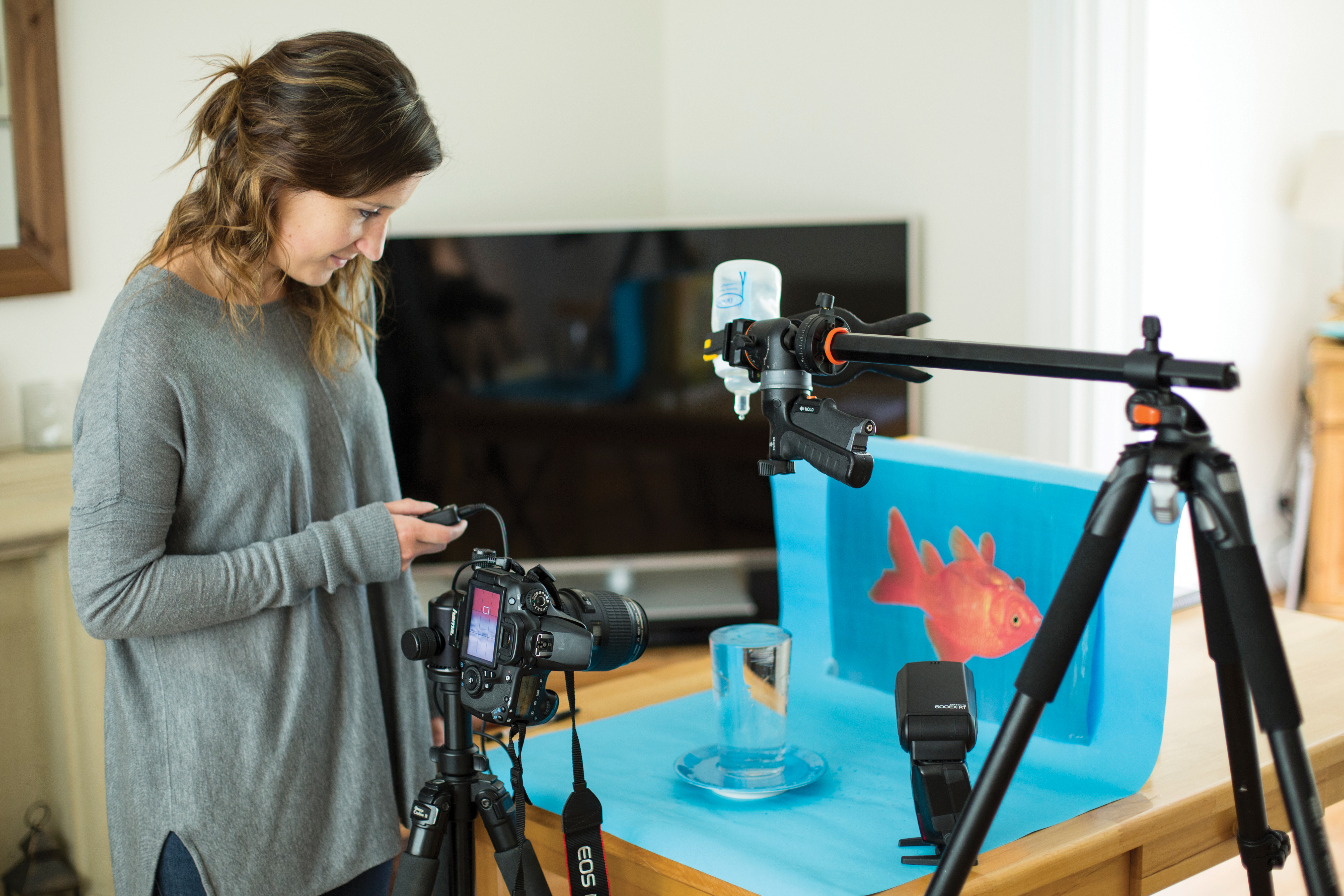
Darken the room to minimize ambient light. Use a shutter release cable to keep camera movement to a minimum (or set the self-timer, if you don't have one) and fire away. Check that the droplets are pin-sharp by zooming in on your LCD screen. Timing is everything! This project requires a lot of trial and error to not only capture a sharp water drop, but to capture it in the right place to get the right splash. Keep at it – when you nail the magic shot, it'll be worth the effort!
PhotoPlus: The Canon Magazine is the world's only monthly newsstand title that's 100% devoted to Canon, so you can be sure the magazine is completely relevant to your system.
Read more:
The best macro lenses in 2020: get closer to your subjects than ever before!
The best flashgun: the best strobe units for Canon cameras, Nikon and more
The best tripod for photographers in 2020: get sharper shots!
Get the Digital Camera World Newsletter
The best camera deals, reviews, product advice, and unmissable photography news, direct to your inbox!
Hollie Latham-Hucker is a former Technique Editor of PhotoPlus magazine. With a degree in Design Photography from the University of Plymouth, she is currently working as the Technique Editor of Amateur Photographer.
